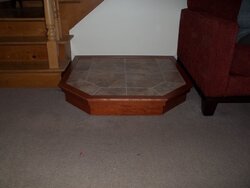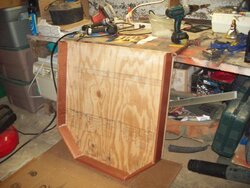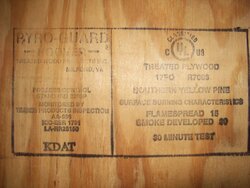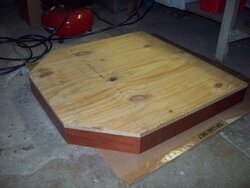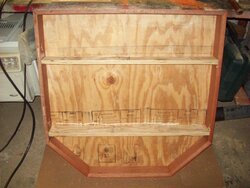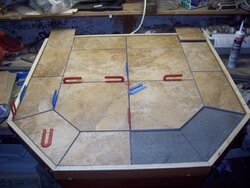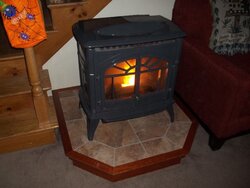Hi all,
I've got a really foolish question. My hearth is starting to come together nicely - 1/2" plywood bottom, 2x4" frame, 3/4" plywood layer on top, 1/2" hardiebacker cement board and then porcelain tile. Question I have is - does it really make a difference what I use to attach the hardiebacker? Nails, screws? Do I need to pre-drill holes if I use screws? I'm wondering if whatever I use will transmit heat into the wood.
This is my first time and I want to do it correctly. There are a lot of posts about cement board but I haven't found anything that refers to what it is attached with.
Thanks all.
I've got a really foolish question. My hearth is starting to come together nicely - 1/2" plywood bottom, 2x4" frame, 3/4" plywood layer on top, 1/2" hardiebacker cement board and then porcelain tile. Question I have is - does it really make a difference what I use to attach the hardiebacker? Nails, screws? Do I need to pre-drill holes if I use screws? I'm wondering if whatever I use will transmit heat into the wood.
This is my first time and I want to do it correctly. There are a lot of posts about cement board but I haven't found anything that refers to what it is attached with.
Thanks all.



